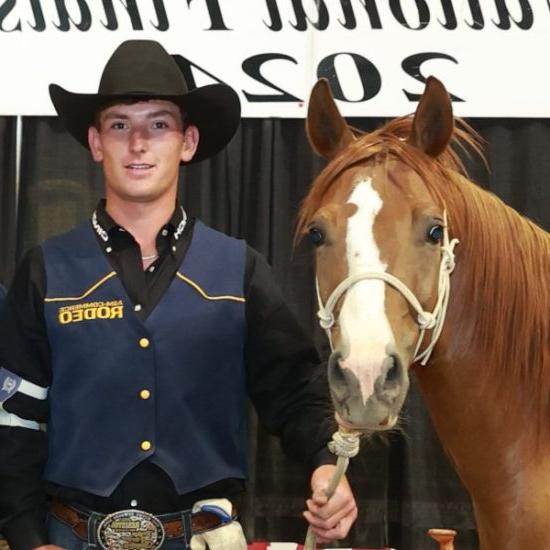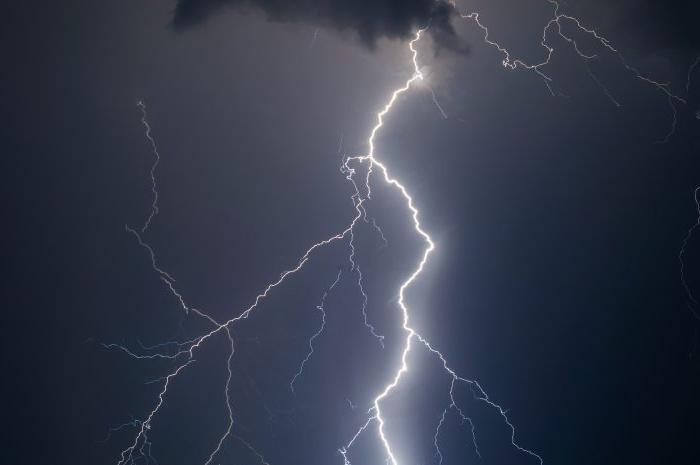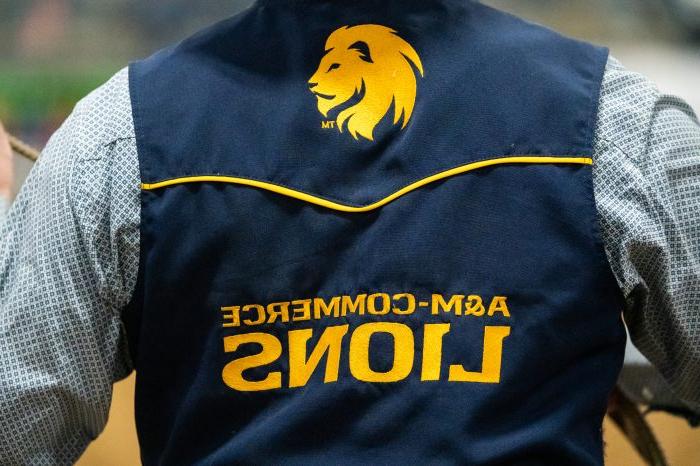A&移动商务 Physics 学生 Present 研究 at 国际 White Dwarf Workshop
学生 Eric 伯恩斯 and Zorayda Martinez from the Department of Physics and Astronomy at 皇冠体育365赌博&M University-商务 presented research at the renowned 22nd European Workshop on White Dwarfs in Tübingen, Germany, from August 15-19.
“White dwarfs are the remains of stars like the sun,” said A&移动商务 Associate Professor Kurtis A. 威廉姆斯,Ph值.D. “By studying these stellar corpses, astronomers can learn how stars die and what happens to the planetary systems surrounding them. 像这样, white dwarfs provide a glimpse into the fate of the sun, Earth and our solar system once the sun has completed its life cycle.”


伯恩斯, a second-year graduate student pursuing a master's degree in physics, presented a poster titled “The Initial-Final Mass Relation of Massive White Dwarfs in the Open Cluster Messier 11.在他的研究中, 伯恩斯 analyzes images from the Wild Duck star cluster taken by the Hubble Space Telescope to identify newly formed white dwarfs and calculate the mass of the white dwarfs' originator stars. He also hopes to determine the composition of the nuclear ashes in white dwarfs.
“I'm proud of Eric's accomplishments,” Williams said. “His work attracted much attention, and he discussed his research with the poise of a senior astronomer.”
Martinez is a senior undergraduate student majoring in physics with an emphasis in astrophysics. She presented a poster titled “The Rotational Period Distribution of Massive Magnetic Field White Dwarfs.” Martinez analyzed data from NASA's TESS satellite to measure the spin rate for some of the most massive white dwarfs.
“Ordinary white dwarfs, like the kind our sun will be in approximately five billion years, spin at rates similar to Earth, 一天一次左右,” Williams explained. “Zorayda is an outstanding researcher, and one of few astronomers worldwide who has discovered that many of these massive white dwarfs spin once every hour or two, with some spinning once every few minutes!”
The biennial workshop event began in Kiel, Germany in 1974. Previous host cities include Napoli, Italy; Warwick, UK; Barcelona, Spain; and Montreal, Canada. This year's workshop was attended by 175 researchers representing more than 25 countries. The workshop proudly highlights the research of students and early-career astronomers, with no single contribution featured over another.
Learn more about the Department of Physics and Astronomy 在一个&移动商务.






